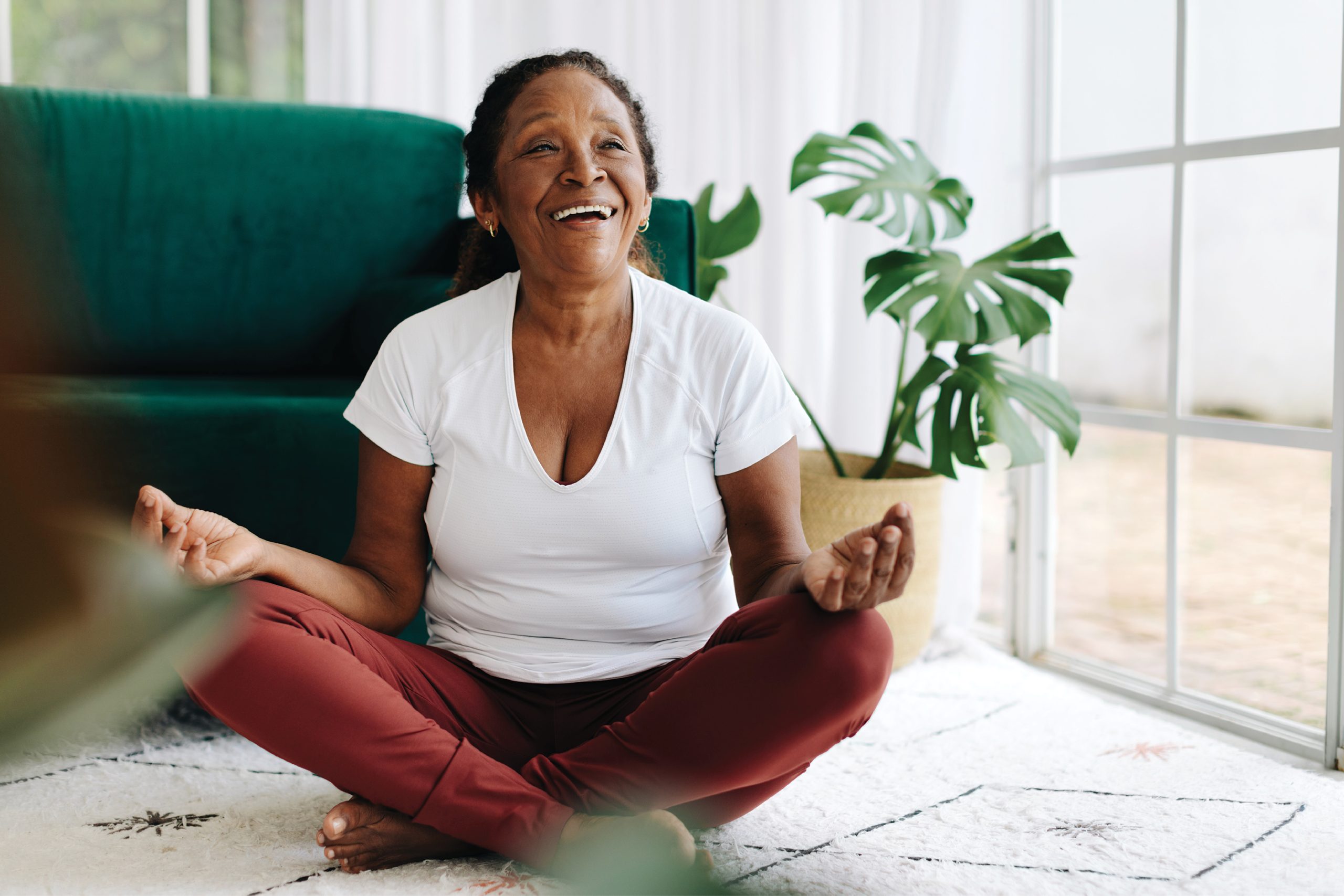No matter your age, exercise can have big benefits, but for older adults, building new, healthier habits can be tricky. From physical limitations to busy schedules, there can be a lot of roadblocks to adding more activity to your daily routine. The key to success is to find what works for you and stay motivated.
Make Exercise a Social Activity
Social support is a great way to help make lifestyle changes stick. If you have an exercise buddy, you can help keep each other accountable and motivated. Working out with others also can make exercise more enjoyable. You can sign up for a gym or exercise class with a friend or family member. If a more structured workout experience isn’t for you, consider starting a walking group with friends or even coworkers—you can use your lunch break to get outside. Playing with your kids or grandchildren also can keep you moving, and family gatherings are great opportunities for team sports and outdoor activities.
Track Your Progress
Stay focused by measuring your successes. Find a physical activity plan that works for you and monitor your progress with it. Try to incorporate the four major types of exercise: strength, endurance, balance and flexibility. For example, when building flexibility, pick something simple like how far you can reach to touch your toes before you feel a stretch. Monitor how that changes. As you build stamina, find new ways to increase your physical activity. Look for how you’ve made progress, and use those successes to update your plan.
Reward Yourself for Staying Active
Rewards should be part of your exercise plan. They’ll help keep you motivated by allowing you to work towards something tangible. When making your plan, pick a goal and something you will do for yourself once it’s achieved. For example, you might want to complete a 20-mile bike ride. Once you’ve done it, treat yourself to something like a massage or a visit to a spa. Take time to celebrate your success.
Fit Physical Activity into Your Daily Routine
Want to make a lasting change to your routine? Make exercise convenient by incorporating it into your daily routine. That will help you build a habit. Focus on tasks you already have to do that have a physical component, such as walking the dog or even cleaning the house. If your schedule won’t allow you to dedicate a large block of time to exercise daily, find smaller periods that will work. For example, if you don’t have 30 minutes, look for three 10 minute periods. You also can make small changes to your routine that will add up to more exercise. When out and about, park further away so you have to walk more, and choose to take the stairs over the elevator.
Don’t Let Fatigue Stop You
A major roadblock to physical activity is that it can be tiring, especially when you’re first starting out. But the truth is regular moderate exercise will actually help you feel less fatigued in the long run. Physical activity sends oxygen and nutrients to your tissues, helping your cardiovascular system work more efficiently. Along with having big benefits for your heart and lung health, this will give you a boost of energy.
Make It Fun!
No two people’s interests are the same, and that includes how they exercise. You might enjoy walking on a treadmill at the gym, or you could find that kind of activity boring and prefer to walk in the park. While those two activities are similar, picking the one that is more enjoyable to you personally means you’re more likely to stick with it. Picking a variety of activities also can keep you engaged, so don’t be afraid to try new things and get creative. Sign up for a dance class or find a friend to play pickleball with. Stick with what you find fun, and move on from what doesn’t work for you.
ideas for spring
- May is National Bike Month, so take advantage of the warmer weather and enjoy a bike ride. It’s a great way to help build your strength and endurance.
- Working in a garden can get you outside while also keeping your body moving through lifting and bending. If you are interested in growing your own fruits and vegetables, you can start as early as mid-March and continue through the summer.
- Spring cleaning is an opportunity for physical activity. Make it less of a chore by doing it with someone else or incorporating upbeat music.
Sources: National Institute on Aging, Mayo Clinic








